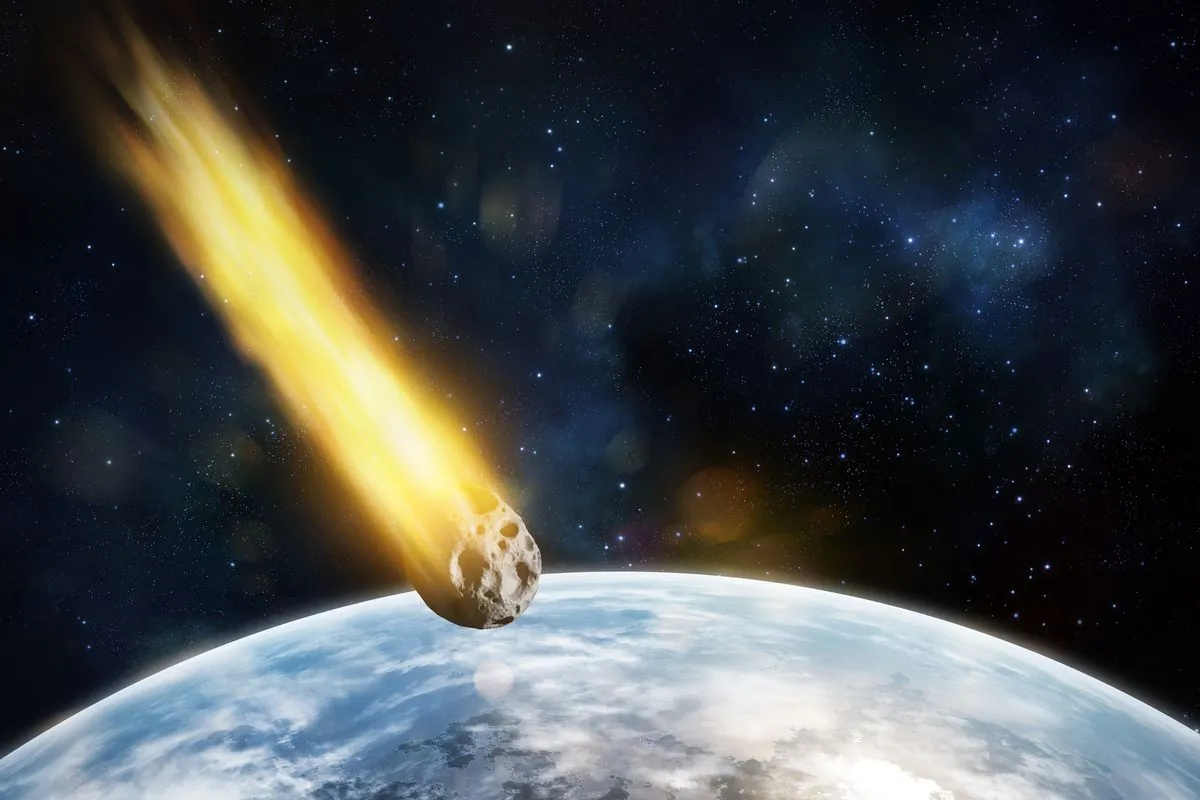In a groundbreaking development, scientists predict that debris from NASA's asteroid deflection mission could potentially create Earth's first human-made meteor shower. This unprecedented event, expected to occur around May 2037, stems from the space agency's planetary defense experiment conducted in September 2022.
The Double Asteroid Redirection Test (DART) mission, a $325 million endeavor, successfully impacted the asteroid Dimorphos, which is comparable in size to the Great Pyramid of Giza. This historic test aimed to demonstrate humanity's ability to alter the course of celestial bodies that might pose a threat to Earth in the future.
Dr. Eloy Peña-Asensio, lead author of the study from the Polytechnic University of Milan, stated:
"We identified ejecta orbits compatible with the delivery of meteor-producing particles to both Mars and Earth. Our results indicate the possibility of ejecta reaching the gravitational field of Mars in 13 years for launch velocities around 450 m/s, while faster ejecta launched at 770 m/s could reach its vicinity in just seven years."
The impact on Dimorphos, part of a binary system with the larger asteroid Didymos, ejected approximately 1,000 tonnes of debris – enough to fill 60 train carriages. While the largest meteoroids would be no bigger than a cricket ball and likely burn up in Earth's atmosphere, they might penetrate Mars' thinner atmosphere.
Interestingly, the trajectory of these particles depends on their position in the impact plume. Material from the north side is more likely to head towards Mars, while southwestern debris has a higher chance of reaching Earth.
The potential meteor shower resulting from this mission would differ from natural occurrences like the Perseid meteor shower, caused by comet 109P/Swift-Tuttle. These DART-created meteors would be slow-moving and primarily visible from the southern hemisphere.
To further study the impact's aftermath, the European Space Agency (ESA) plans to launch its Hera mission in October 2024, scheduled to reach Dimorphos by Christmas 2026. Michael Kueppers, ESA Hera mission scientist and study co-author, emphasized the significance of this opportunity to investigate ejecta delivery to other celestial bodies.
As we approach 2037, astronomers and space enthusiasts alike eagerly anticipate this potential celestial spectacle, which could provide valuable insights into asteroid composition and planetary defense strategies.
